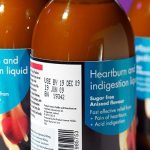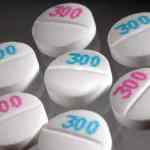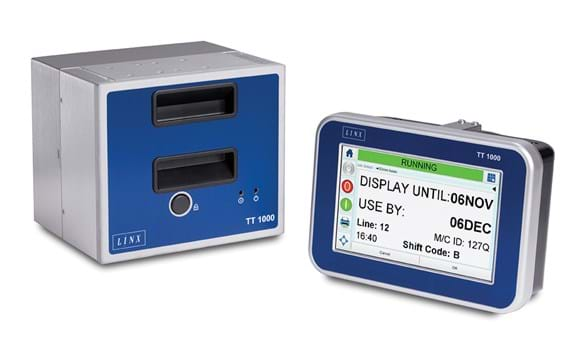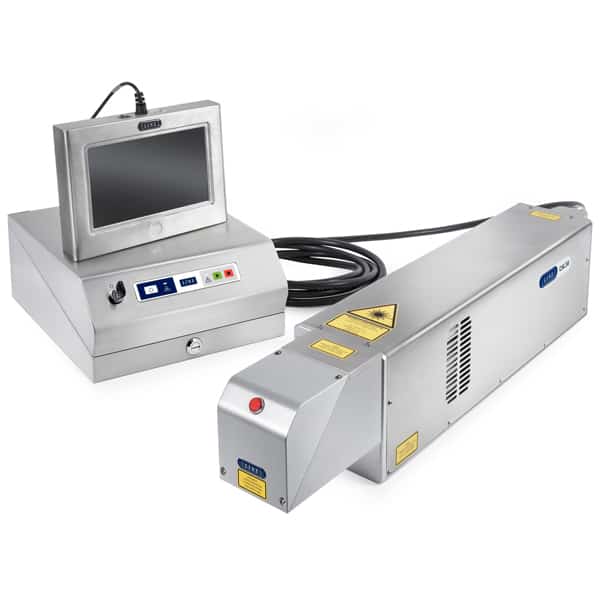Inkjet coding on pharmaceutical products
In the first place, for inkjet date coding on pharmaceutical products, Thermal Inkjet Printers have become an necessity. These printers allow coding on fast production without interruption in a fast-paced environment like drug packaging. Moreover, the pharmaceutical printing industry is increasingly important with medical, healthcare, and pharmaceutical printing being more critical than ever. In addition to that, the importance of coding machines is vital for the pharmaceutical industry. They are perfect for printing on a variety of materials, including plastics, glass, and metals. Industries that require efficient printing solutions like the tobacco industry, where laser marking machines have become more prevalent. Overall, it’s essential to have the right printing solution to meet your industry’s unique requirements. Additionally, to improve efficiency, accuracy, and overall production quality.




Inkjet coding and marking printer for the pharma industry
The Pharmaceutical Industry faces the unique challenge of ensuring that their medicines are safe from counterfeiting. To tackle this issue, the industry has adopted Anti-counterfeiting inkjet coding solutions for their packaging materials. Glass, paper, and card materials are the most common choices for packaging materials because of their durability and reliability. Date coding, which includes the expiry date and manufacturing date, has become an essential aspect of the Pharmaceutical Industry. Fast coding solutions, like the Industrial Inkjet Printer and Laser Coder, have allowed for improved production efficiency. Data matrix, QR codes, and barcodes became a necessity for all pharma products due to legal complaince. This will ensure optimal performance and consistent results when using coding and marking printers for their pharmaceutical products.
Pharmaceutical Products Expiry Date and Batch Code
As the pharmaceutical industry continues to demand accurate and fast coding solutions. The inkjet date coding on pharmaceutical products has become more important than ever before. Companies require quality coding printers installation in any orientation, and that’s where Linx coders come in. Their continuous inkjet printers have flexible conduits of varying lengths which makes installation easy. Commissioning of these printers even with multiple printhead orientations during line setup. What’s more, their compact printing heads reduce downtime and make integration quick and easy. Linx offers a wide range of specialized inks for every pharmaceutical coding need. Including small code printing, food-grade solutions, and anit counterfeits through the use of their laser coders or UV inks. Choose Linx and increase your uptime, all while meeting your pharmaceutical coding needs.
Inkjet Date Coding
Inkjet date coding is a method of printing dates onto pharmaceutical products, such as medicine tablets and syrup bottles. Adding the date of manufacture or expiry to drug packaging can help to improve product traceability. Also, ensures consumers identify quickly whether their medications are safe to take.
Inkjet date coding involves using a nozzle to print the desired information directly onto the product. Especially, on the product packaging in a number of different formats (i.e., text, numerical numbers, and barcodes). These printers use tiny amounts of droplets of inks that can print small but highly detailed letters and numbers. The inkjet printer technology makes it easier for pharma companies to present necessairy information on the box/packaging.
Prior to implementing inkjet date coding for your products, follow the steps below:
Determine your requirements: Consider the type of product you need to mark or print. (such as expiry date or batch codes).
Choose the right equipment: Select an inkjet date coder that is capable of meeting your requirements. Look for a reliable and user-friendly model that is compatible with the type of product(s) you need to mark.
Select the right ink: Choose an ink that is safe for your product and environment. There are various types of inks available, including pigment-based and solvent-based inks. So make sure you select the appropriate ink for your needs.
Test and optimize: Before fully implementing inkjet date coding, perform some tests to be clear from your end. Ensure that the quality, consistency, and durability of the ink on the product surface meet your requirements. Optimize the settings of the inkjet date coder to ensure that it produces clear and legible marks.
Train your team: Provide training to your team on how to operate the inkjet date coder and maintain the equipment.
Once you have taken these steps, you can begin implementing inkjet date coding for your products. This technology can help you ensure product traceability, compliance, and safety. Additionaly, it can help enhancing the efficiency of your production process.
The use of inkjet date coding on pharmaceutical products has a range of benefits. Inkjet date coding helps maintain the shelf life and product integrity of medications. Additionally, ensures the blocking of bad batches prior shipping it to consumers. This enhanced quality control has many advantages, including:
1) Improved Patient Safety: Due to reliable expiry dates printed on drug packaging, patients can be sure of their consumption. Additionally, manufacturers using inkjet-coder can easily track each individual batch.
2) Reduced Waste: Explicitly coding on the product avoids return of goods by the consumer or the retailer. Also, avoids the costs associated with returning them to the manufacturer for further processing or disposal.
3) Brand Protection: Consistent branding across different batches gives customers confidence. Furthermore, this helps deter counterfeiting and ensure that all available medications are authentic.
Overall, inkjet date coding provides an invaluable service for healthcare providers in ensuring safe consumption.
Inkjet date coding is a method of printing dates onto pharmaceutical products, such as medicine tablets and syrup bottles. Adding the date of manufacture or expiry to drug packaging can help to improve product traceability. Also, ensures consumers identify quickly whether their medications are safe to take.
Inkjet date coding involves using a nozzle to print the desired information directly onto the product. Especially, on the product packaging in a number of different formats (i.e., text, numerical numbers, and barcodes). These printers use tiny amounts of droplets of ink that can print small but highly detailed letters and numbers. The inkjet printer technology makes it easier for pharma companies to present necessary information on the box/packaging.
Inkjet date coding for marking pharmaceutical products with important information such as expiration dates, lot numbers, and batch codes. This versatile technology can print on various types of pharmaceutical products including:
Bottles and jars: Expiry date, lot numbers, QR code and batch codes on plastic or glass bottles and jars.
Blister packs: Expiry date, lot numbers and batch codes on the foil backing of blister packs like tablets and capsules.
Pouches: Expiry date and lot numbers on the packaging of individual doses of medication, such as those used in hospitals.
Vials and ampoules: Expiry date, QR code and batch codes on the glass or plastic containers used to store injectable medications.
Labels and outer packaging: Expiry date, lot numbers and batch codes on labels or outer packaging of pharmaceutical products.
Overall, inkjet date coding printers have become the primary solution to mark important information on a wide range of pharmaceutical products. By using this technology, pharmaceutical companies can ensure that their products are traceable, compliant, and safe for consumers.



